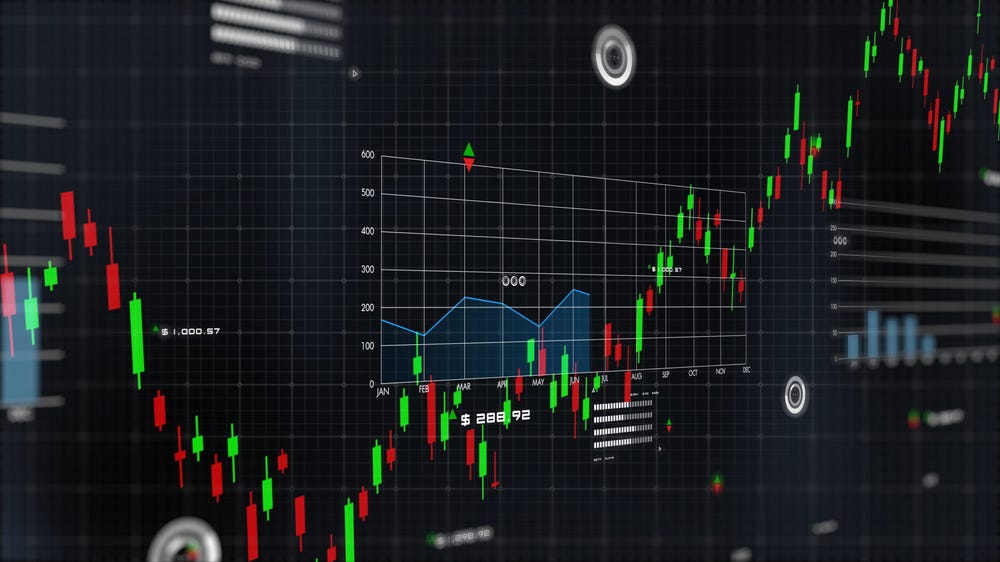
High-frequency trading (HFT) has revolutionized the landscape of financial trading, and its influence has gradually seeped into the world of cryptocurrencies. This sophisticated method leverages powerful algorithms and data analytics to execute a vast number of trades in fractions of a second. As digital currencies continue to gain popularity, blending traditional trading strategies with cutting-edge technology has become essential for traders. To better understand this growing sector, you can Crypto Trading High-Frequency visit website that provides valuable insights into crypto trading dynamics.
Understanding High-Frequency Trading
High-frequency trading is defined by its speed, high turnover ratios, and the enormous volume of trades. Unlike traditional trading, where an investor might hold an asset for days or even months, HFT strategies typically involve holding an asset for mere seconds or minutes. The goal is simple: capitalize on minute price discrepancies that can exist for just moments in highly liquid markets like those found in cryptocurrency exchanges.
Key Strategies in High-Frequency Crypto Trading
There are several well-known strategies employed in high-frequency trading within the cryptocurrency domain. These include:
1. Market Making
This strategy involves placing both buy and sell orders near the current market price, effectively creating liquidity. The trader profits from the spread between the buy and sell prices. In a volatile market like cryptocurrency, market making can yield substantial gains, provided the risks are properly managed.
2. Arbitrage
Arbitrage is the act of exploiting price differences between various exchanges or markets. For example, Bitcoin may be trading at different prices on two exchanges; HFT algorithms can simultaneously buy at a lower price and sell at a higher price, profiting from the discrepancy. Given the volatility of cryptocurrencies, these opportunities can arise and vanish in seconds, making them ideal for high-frequency trading.
3. Trend Following
Following market trends is a classic trading strategy. HFT algorithms are programmed to identify patterns and trends in real time. By analyzing market data, they can make rapid trades that align with upward or downward trends, potentially generating significant profits without needing to hold assets long-term.

4. News-Based Trading
News can significantly influence cryptocurrency prices. High-frequency trading systems can scan news feeds for relevant information and execute trades based on this data almost instantaneously. For instance, the announcement of new regulations, security breaches, or technological advances can create rapid market movements, presenting opportunities for quick profits.
Technological Tools Required for HFT
The backbone of high-frequency trading is technology. To compete effectively, traders must utilize advanced tools, including:
1. Algorithmic Trading Software
Specialized software is essential for executing trades based on pre-set criteria. These algorithms can execute numerous trades simultaneously, making thousands of calculations in a fraction of a second.
2. Low-Latency Networks
In high-frequency trading, every millisecond counts. Low-latency connections to cryptocurrency exchanges provide traders with a critical advantage by minimizing the time it takes to send and receive orders.
3. Data Analysis Tools
Data is the driver of high-frequency trading. Traders rely on sophisticated data analysis tools to make sense of vast quantities of market information, identify trends, and adjust their strategies accordingly.
4. Machine Learning and AI
More recently, the integration of machine learning and artificial intelligence into trading strategies has gained traction. These technologies enable the refinement of algorithms based on historical data and market behavior, enhancing decision-making processes.

The Risks Involved in High-Frequency Crypto Trading
While the potential for profit is significant, high-frequency trading in cryptocurrencies also carries considerable risks:
1. Market Volatility
The cryptocurrency market is notoriously volatile. Sudden price swings can lead to substantial losses, especially if a trader’s algorithms malfunction or do not react quickly enough to market changes.
2. System Failures
An overreliance on technology means that system failures or bugs can lead to catastrophic losses. It is critical for traders to continually monitor systems and have risk management strategies in place to mitigate these threats.
3. Competition
The realm of high-frequency trading is highly competitive, with sophisticated players including hedge funds and large financial institutions investing heavily in technology. This competition makes it increasingly challenging for individual traders to find profitable trading conditions.
4. Regulatory Risks
The regulatory environment surrounding cryptocurrency trading remains uncertain and can vary significantly by region. Stricter regulations could limit the ability of traders to engage in high-frequency practices or impact the operational landscape.
Conclusion
High-frequency trading in cryptocurrencies presents a unique intersection of technology and finance, offering both remarkable opportunities and distinct risks. As the market continues to mature, becoming familiar with HFT strategies and technologies is essential for traders aiming to navigate this fast-paced environment. Continued education and adaptation to market changes are keys to harnessing the full potential of crypto trading high-frequency while minimizing harm and maximizing success.